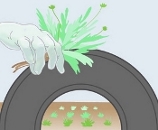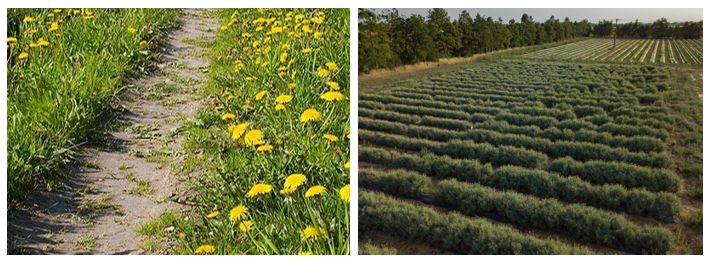|
|
|
|
PRESENTATION I am very pleased to announce the CIRAD/BioWooEB conference on the topic of alternative sources of natural rubber, which will be held from November 4th to 6th, 2019, in Montpellier, France. The last conference organized by CIRAD on the same topic was in October 2010 in Montpellier as part of the European EU-PEARLS project. The 2019 international conference is open to researchers, farmers, goverment institutions, industrialists and students with an interest in natural rubber (NR) alternatives, guayule (Parthenium argentatum) and Russian or Kazakh dandelion (Taraxacum kok sagyz), and their potential commercial development worldwide. Europe imports 1.2 million tons of hevea NR each year and is dependant on Asia for 90% of its NR import. NR is listed in Europe as a critical material, which justifies an interest in developing over the next 5 to 10 years, new agricultural commodities such as guayule for mediterranean or semi-arid climates and Kz dandelion for continental climates. The Agriculture and chemicals industries are undergoing a bio-révolution. They both face constraints linked to the depletion of fossil resources, the need to reduce energy consumption and CO2 emissions, global warming and increased pressure on water accessibility. They must continue to meet the growing needs of society while at the same time addressing the great global challenges of the future. They must develop more environmentally friendly and sustainable alternative process, to meet the future needs of humanity (food, energy, medicines and hygiene ...) while respecting our environment (COP21).They must move towards using more renewable resources, towards bio-based polymers within a biorefinery concept. Chemistry, before the advent of petrochemicals, was a chemistry of renewable resources, and polymers before synthetics were natural. Thus, latex which first appearance in south America is one of the oldest natural polymer materials known to civilization. Latex was brought to Europe in the 15th century by the conquistadors. At the start of the 20th century, when there were blockades due to conflicts,the industry of synthetic elastomers developped. Today,NR is still widely used and represents 39% of the worldwide rubber demand. The NR demand which was 12 million tons in 2018, is expected to reach 17 millions tons in 2025, with a growh rate of 5.3% for tyres and 3.5% for the gloves.Natural poly-isoprene is indispensable for tires for our airplanes, our tractors and our trucks. The production of hevea rubber from Southeast Asia (95% of world production) could be threatened by a fungus (Microcyclus Ulei) which could spread from south America to Africa and Asia. Hevea plantations are at risk from the oil palm industry, which is more lucrative. Hevea latex has allergenic properties which affect many people. Chemistry and biology must find new ways to meet the global demand, and develop opportunities to re-locate production of NR latex to semi-arid developping countries. To support and encourage these efforts, CIRAD and its partners (Languedoc-Roussillon Occitanie Region, Agropolis Fondation,….) wish to play their part by organizing this conference. I am convinced that there is a strong convergence between the objectives of researchers, farmers and industrialists. The concept of "sustainable development" that brings us together during the conference will provide a positive direction for the evolution of our society. Faced with the major challenges affecting the future of our planet (climate change, threats to biodiversity and water resources), we must find practical and pragmatic solutions, adapted to the territory and to the different patterns of consumption. Thus the challenge we face with regard to bio-based products and renewable resources.is to bring supply to meet demand in the context of sustainable development. The development of environmental technologies based on the two alternative rubber plants will create the jobs of tomorrow. I hope you will make use of this conference, to meet the actors of the two industrial crops, to learn more about guayule and Kz Dandelion for future diversification of the agriculture of tomorrow, but also I encourage you all to take advantage of these three days to develop some concrete solutions and take some time to visit our beautifull region of Occitanie. Welcome to Montpellier ,France
© Serge Palu |



